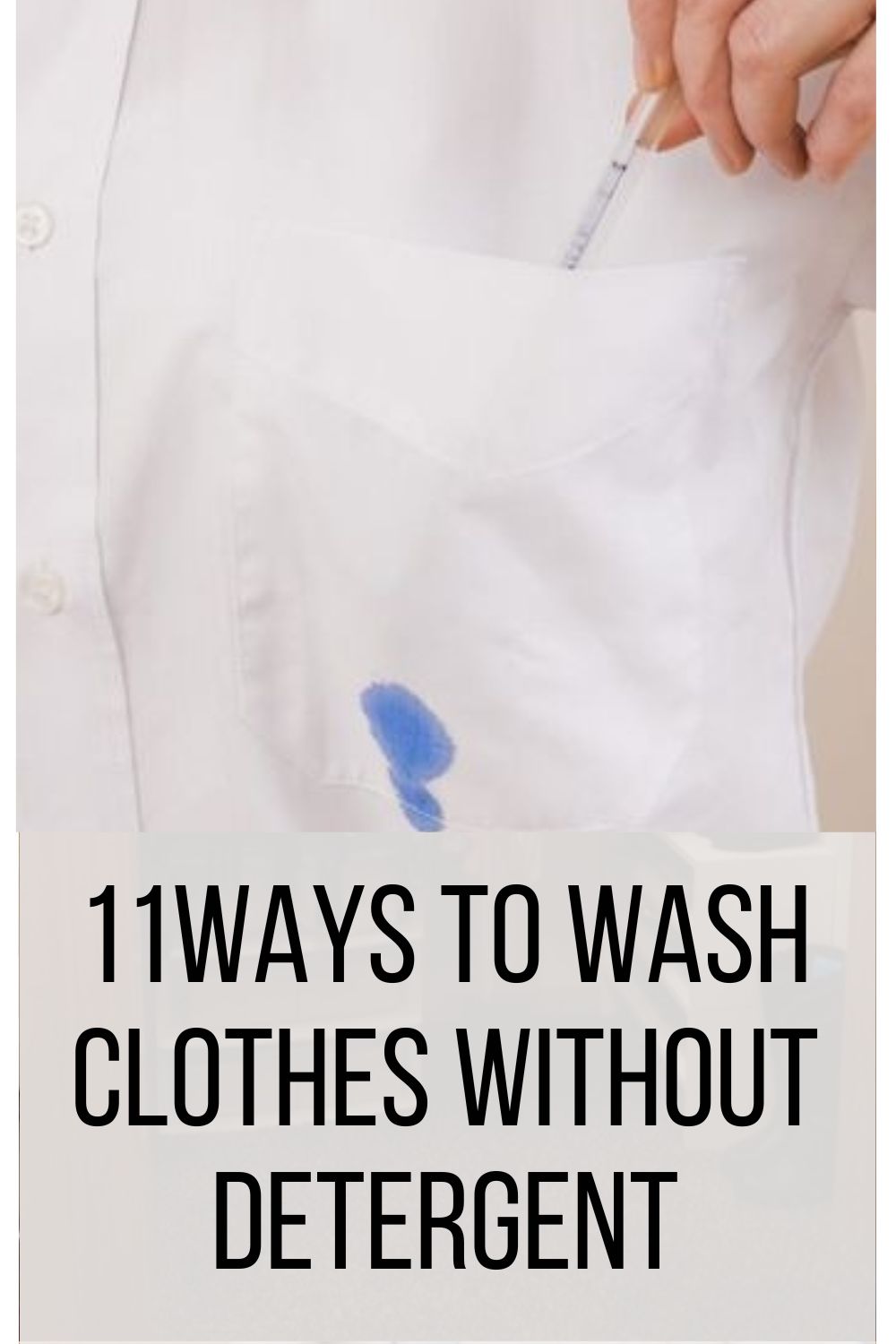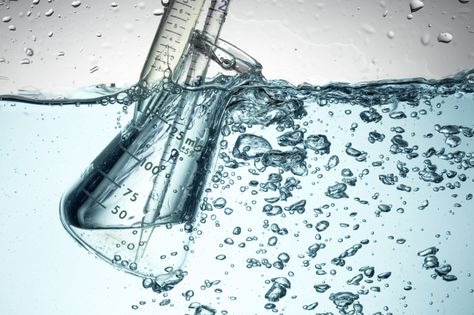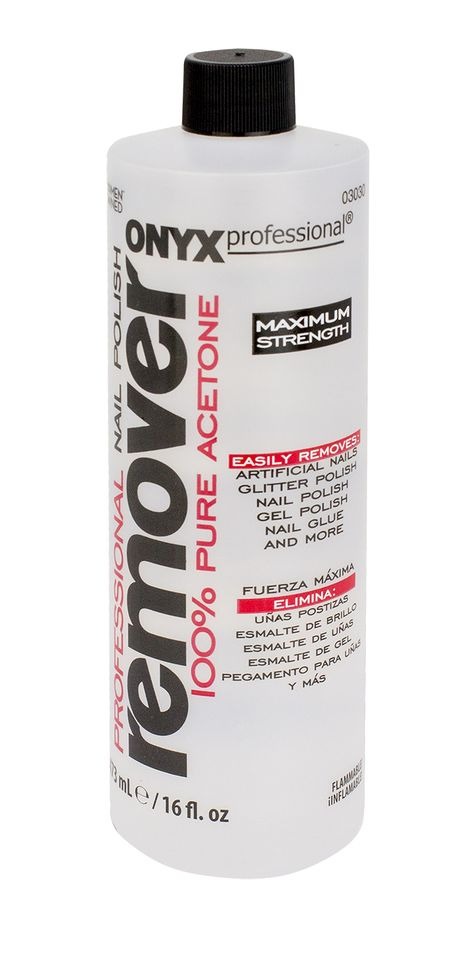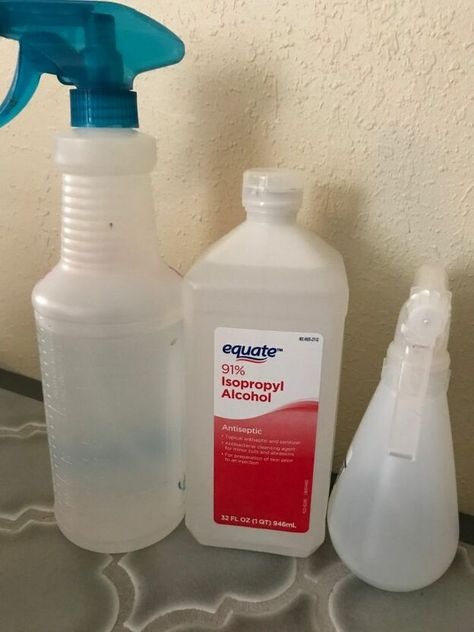
When it comes to removing nail polish, acetone is a helpful chemical. It can even be used to get rid of grease stains. Spillages are bound to happen occasionally. So, the obvious question is, does acetone stain clothing?
Acetone is an invisible liquid that’s frequently used in nail polish remover. Although some fabrics are harmed, colorfast material can still be cleaned of grease stains. A blend of acetone and other chemicals should be avoided since they may leave stains. On fabrics made of modacrylic, acetate, and triacetate, avoid using acetone.
Does acetone stain clothing? will be explored in this article. Learn what stains you can erase with acetone and how to prevent getting them on your clothes by reading on.
Table of Contents
Does Acetone Stain Clothes?
Acetone can potentially stain clothing, especially if it is left on the fabric for an extended period of time or if it is not fully removed during the cleaning process. Acetone is a strong solvent that can dissolve many types of stains and is often used to remove nail polish, but it can also dissolve or bleach certain types of fabrics.
To prevent acetone from staining clothing, it is important to use caution when handling it and to clean up any spills immediately. If acetone does come into contact with clothing, it is important to rinse the affected area thoroughly with cold water and then wash the garment according to the care instructions. If the stain persists after washing, it may be necessary to treat it with a stain remover or take the garment to a professional cleaner.
It is also worth noting that acetone can cause damage to certain types of synthetic fabrics, such as acrylic and polyester, as well as to certain finishes or coatings on fabrics, such as water-repellent finishes. It is generally best to test a small, inconspicuous area of the fabric before treating a stain with acetone to ensure that it will not cause damage.
What Is Acetone Made of?
Acetone is a clear, colorless, and volatile liquid with a sweet, fruity odor. It is a chemical compound with the molecular formula C3H6O and is commonly known as propanone.
Acetone is naturally occurring in plants, trees, forest fires, and volcanic gases, but it is also produced industrially as a byproduct of the production of other chemicals. It is produced through a chemical process called cumene peroxidation, which involves the oxidation of cumene (isopropyl benzene) with oxygen in the presence of a catalyst.
Acetone is a versatile solvent and is widely used in a variety of industrial and household products, such as paints, thinners, adhesives, cleaning agents, and nail polish removers. It is also used as a laboratory reagent and as a starting material for the synthesis of other chemicals.
The distinctive organic composition of acetone allows it to dissolve rubber, plastics, oils, and fats. In addition to various cosmetics and facial treatments, it can be found in the home in the form of paint thinner and nail polish remover. Acetone is a by-product of metabolism that occurs naturally in our bodies.
It is regarded as non-toxic when used properly and in the appropriate quantity. However, some acetone mixtures made by chemical synthesis are powerful enough to wipe up oil spills. To increase fuel efficiency, they can even be added to gasoline.

How to Remove Stains from Clothes with Acetone?
To remove stains from clothes using acetone, follow these steps:
- Begin by testing a small, inconspicuous area of the fabric to ensure that the acetone will not cause any damage.
- If the test area is unaffected, apply a small amount of acetone directly to the stain.
- Using a clean, white cloth, blot the stain to lift the excess acetone and the stain. Be sure to blot and not rub, as rubbing can spread the stain and damage the fabric.
- Rinse the affected area thoroughly with cold water to remove any remaining acetone and the stain.
- If the stain persists, you can try treating it with a commercial stain remover or pre-treatment product. Follow the instructions on the product label and be sure to test a small, inconspicuous area of the fabric before applying it to the entire stain.
- Wash the garment according to the care instructions, using the hottest water that is safe for the fabric.
- If the stain is still present after washing, you may need to repeat the process or take the garment to a professional cleaner.
It is important to note that acetone can potentially damage certain types of fabrics, such as acrylic and polyester, and certain finishes or coatings on fabrics, such as water-repellent finishes. It is generally best to test a small, inconspicuous area of the fabric before treating a stain with acetone to ensure that it will not cause any damage.
Acetone for the Removal of Grease Stains
Acetone can consume oils, which is one of its advantages. This kind of stain might be challenging to remove because grease is a type of oil. Acetone could be just what you need to remove a grease stain from your clothes.
However, before you use acetone on materials made of plastic, a word of caution: don’t. Any form of synthetic material will suffer greatly if it comes into contact with acetone because it is a potent solvent used to dissolve plastics. The same can be said about wool, silk, and any other non-colorfast fabric.
Always test a discrete, tiny portion of the garment. like, say, inside the seam allowance. Use the least possible acetone and keep an eye out for any negative effects. It’s preferable to snag a tiny bit of your seam than the entire shirt or garment!
You should also be aware that some acetone products contain mixtures of other compounds. Using an acetone mixture can actually make your stain issues worse rather than fix them! It’s possible that the chemicals added to acetone to enhance its qualities will bleach your cloth.
Acetone is most readily available as a nail polish remover. Since they are applied to the skin and nails, they may contain additives like conditioners and other compounds to improve the health of the nails. When you require the acetone to eliminate stains, you must avoid these other compounds.
When eliminating grease stains, try to stick to pure acetone products because they are less likely to bleach the color out of your clothes or leave residue on the garment.
Steps to follow for removal of Grease spots from clothes
Use an old towel and some acetone to get rid of grease stains on clothes. then just follow these steps:
Step 1:
The first step is to roll up the used towel and lay it flat. Place the stained area immediately over the rolled-up towel after turning your clothes inside out.
Step 2:
Slowly pour acetone onto the stain, being careful not to get any on your work surface. As the acetone works its magic, the grease stain ought to start to fade. Continue adding acetone even if nothing seems to be happening. It could take a few tries to remove grease and oil stains because they might embed themselves deeply inside the fabric’s fibers.
Step 3:
After using the acetone to achieve your desired results, take your garment to the bathroom and wash it as usual.
Step 4:
If after washing you can still see evidence of the grease mark, repeat steps 1-3 until you are satisfied with the outcome.
Is Residue Left Behind by Acetone?
It’s likely residue if you discover that applying acetone to remove grease stains left behind a mark. Remaining stains may appear after using acetone in combination with other agents.
Colorless and has a propensity to vanish fast, acetone. So it’s doubtful that pure acetone would leave any traces. As soon as you work with an acetone blend, issues start to arise.
A quick response is essential for getting rid of residual stains. Don’t let the acetone evaporate before you begin treating the stains. A teaspoon, dishwashing liquid, lukewarm water, a minimum of two clean rags, an old towel, and all of these are required.
Step 1:
Use an old towel or other absorbent material to clean up any acetone spills. Use the round end of a spoon or any other blunt object to gently scrape up any solids that have begun to form.
Step 2:
Bring out the dish soap. You don’t want to add soap stains to the mix, therefore you don’t want anything stronger than this. Avoid using laundry detergent at this point because it could fade the color of the clothes and remove the stain!
Step 3:
Use the rag to dab the stain with a mixture of the dish soap and warm water. To 1 cup of water, you should add 1/4 teaspoon of liquid. Utilizing a rag, gently rub the mixture into the stain. Use a dabbing motion and work your way into the center of the stain from the edges. Avoid rubbing or applying pressure; doing so will further harm the garment. Do it softly, always! Once the stain has disappeared, repeat this process.
Step 4:
Start blotting and soaking up the mixture of acetone stain and dish liquid with a clean rag. Keep doing this until the rag has absorbed all of the solution. To completely absorb the mixture for large areas, you might need to use more than one rag.
Step 5:
Make sure the residue is completely gone by giving the area a cold water rinse. To remove any last traces of moisture, gently dab with a dry cloth. Afterward, wash your garment as usual.
Different Ways for Removing Nail Polish from Clothes
Using an acetone-containing nail paint remover is one of the main reasons why clothes get acetone stains. The good news is that acetone is not necessary to remove your preferred nail colors. Let’s examine the possible alternatives and compare them to acetone-based products.
-
Hairspray
You probably didn’t expect to learn that hairspray can be used to clean nail polish when you started reading this article. The fact that it works best if you let the polish dry completely may surprise some people.
Apply hairspray freely and let it dry after it has finished drying. The residue can then be removed with tweezers. It will flake off in pieces. Wash your clothes as usual after removing all the hairspray-polish flakes. If there are any remaining nail polish stains on your clothing, simply saturate with hairspray once more to remove them.
On clothing and carpets, this technique works best. However, if the carpet is thick, you might need to use a carpet brush rather than tweezers. Hairspray is fantastic because it’s made to be used close to carpet and clothing without bleaching the materials.

-
Acetone-Free Nail Polish Remover
The plastic in your preferred brand of nail extensions won’t be harmed by an acetone-free solution, which is typically used to remove the color from artificial nails. On your nails, you can also use nail polish remover without acetone.
A solvent powerful enough to dissolve plastic is acetone. Imagine what it does to your nails if it’s so severe on inanimate objects like inanimate objects! While an acetone-free remover might not be as quick, it will be kinder to your skin and less damaging to your nails.
When removing nail polish from clothing, acetone-free nail polish removers are also regarded as safer. The stain can simply be removed by blotting it with cotton wool that has been soaked in water. Once that is done, wash as usual.

-
Rubbing Alcohol
The acetone-free and hairspray treatments are effective on fabrics but aren’t very effective on leather. Something a little more durable will be required for leather. not acetone though! That particular drug is a little bit too potent. For nail paint spills on leather, use rubbing alcohol. As soon as you can, ideally while the polish is still wet, this needs to be done. Blot the stain with a towel that has been dipped in alcohol. The alcohol’s moisture will absorb the nail paint.
Apply a gentle toothbrush to the leather and carefully rub in a mixture of 2 parts white vinegar and 1-part olive oil. Any remaining polish color should be lifted with the help of this. Apply leather conditioner to keep the leather on your vehicle supple and smooth.

Wrapping Up!
It’s unlikely that pure acetone will leave stains on clothes or other fibers. However, because it degrades plastics, some synthetic materials may be harmed. Stains can be produced when acetone is combined with additives like conditioners or other chemicals.
Hope you enjoyed reading this article. Have you tried to get acetone stains out of your carpet or clothes? How did you get on?